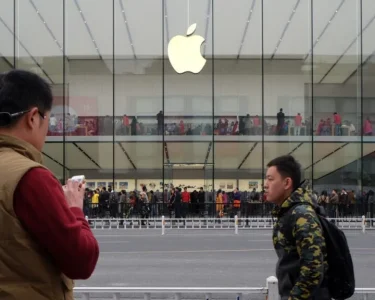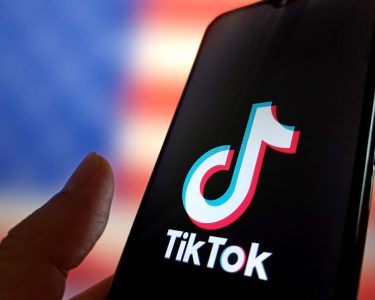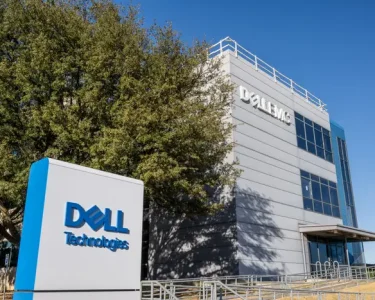Sonos’ Public Trello Board, the prominent audio company renowned for its high-quality smart speakers, recently made headlines with the revelation of its public Trello board. The move was intended to foster transparency and offer customers a glimpse into the company’s development process. However, what was initially seen as a positive step has quickly turned into a source of frustration for the brand’s loyal users.
The Vision Behind the Public Trello Board
When Sonos’ Public Trello Board announced the launch of its public Trello board, the intention was clear: to involve the community in its decision-making process and showcase the roadmap of upcoming features and updates. This level of transparency was meant to build trust and allow customers to see firsthand what the company was working on. The board was also expected to be a hub where users could provide feedback, suggest new ideas, and have a say in the future of Sonos products.
For many tech enthusiasts and loyal Sonos’ Public Trello Board users, this initiative was a breath of fresh air. In a world where companies often operate behind closed doors, Sonos’ approach was seen as a forward-thinking move that could set a new industry standard.
The Reality of Sonos’ Public Trello Board
However, the reality of the situation has not lived up to the initial promise. As users began to explore the Trello board, it became evident that the transparency they were hoping for was not entirely forthcoming. Instead of a detailed and regularly updated roadmap, the board appeared sparse, with minimal information on upcoming features and updates.
One of the key issues raised by users is the lack of clear timelines. While the board lists various projects and features in development, there is little to no information on when these will be released. This has led to frustration among users who feel left in the dark, especially those who were hoping for specific features or improvements.
Moreover, the feedback and suggestions provided by users on the Trello board seem to be going unnoticed. Many users have reported that their comments and ideas have not been acknowledged or addressed, leading to a sense of disillusionment. The lack of engagement from Sonos on its own platform has left users questioning the company’s commitment to truly involving its community in the development process.
User Reactions and Growing Frustration
The disappointment with the Trello board has been palpable across various online forums and social media platforms. Users who initially praised Sonos for its transparency are now expressing their dissatisfaction with what they perceive as a half-hearted attempt at engaging with the community.
“I was really excited when Sonos’ Public Trello Board announced the public Trello board. I thought it would be a great way to see what’s coming next and to have my voice heard,” one user commented on a popular tech forum. “But the lack of updates and interaction from Sonos has been really disappointing.”
Others have echoed similar sentiments, noting that the board feels more like a marketing tool than a genuine effort to involve the community. “It’s like they set up the board to say, ‘Look how transparent we are,’ but then they forgot about it,” another user remarked.
The Importance of Transparency in Tech
The situation with Sonos highlights a broader issue within the tech industry: the challenge of balancing transparency with meaningful engagement. In an era where consumers are more informed and involved than ever before, companies need to go beyond just showing what’s behind the curtain—they need to actively involve their users in the process.
For Sonos, the backlash over its public Trello board serves as a reminder that transparency is only valuable if it is accompanied by action. Simply displaying a list of ongoing projects without providing context, timelines, or engaging with user feedback can do more harm than good.
What Sonos Can Do to Rebuild Trust
To regain the trust of its users, Sonos needs to take immediate steps to improve its public Trello board. This could include providing more detailed information on project timelines, regularly updating the board with progress reports, and actively engaging with user feedback. Additionally, Sonos could consider holding regular Q&A sessions or town hall meetings where users can directly interact with the development team and have their questions answered.
Ultimately, the success of Sonos’ transparency initiative will depend on the company’s willingness to listen to its community and make meaningful changes based on their input. By doing so, Sonos can turn its public Trello board from a source of frustration into a valuable tool for building stronger relationships with its users.
For more insights on the latest developments in the tech industry, visit Digital Digest.





